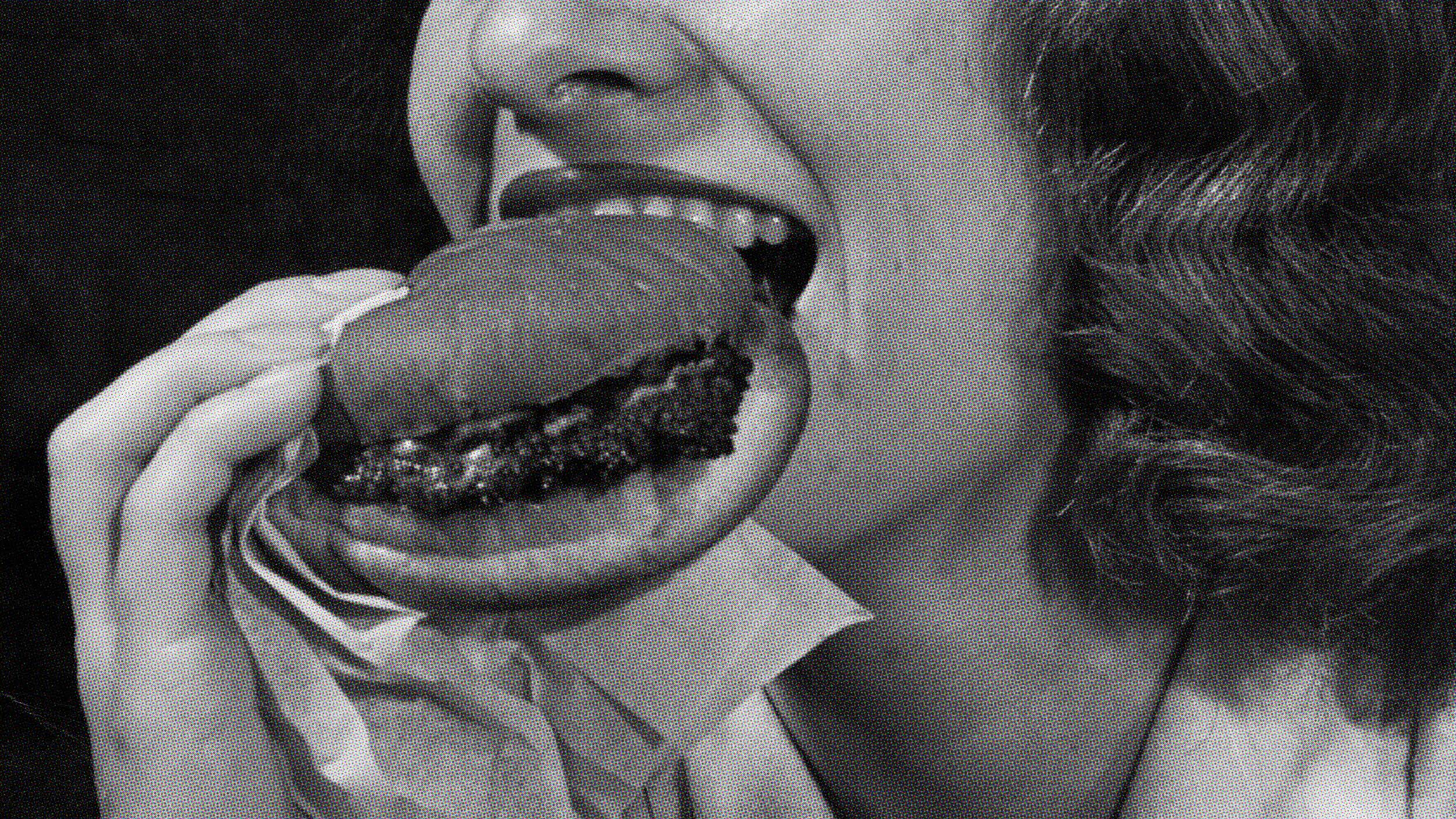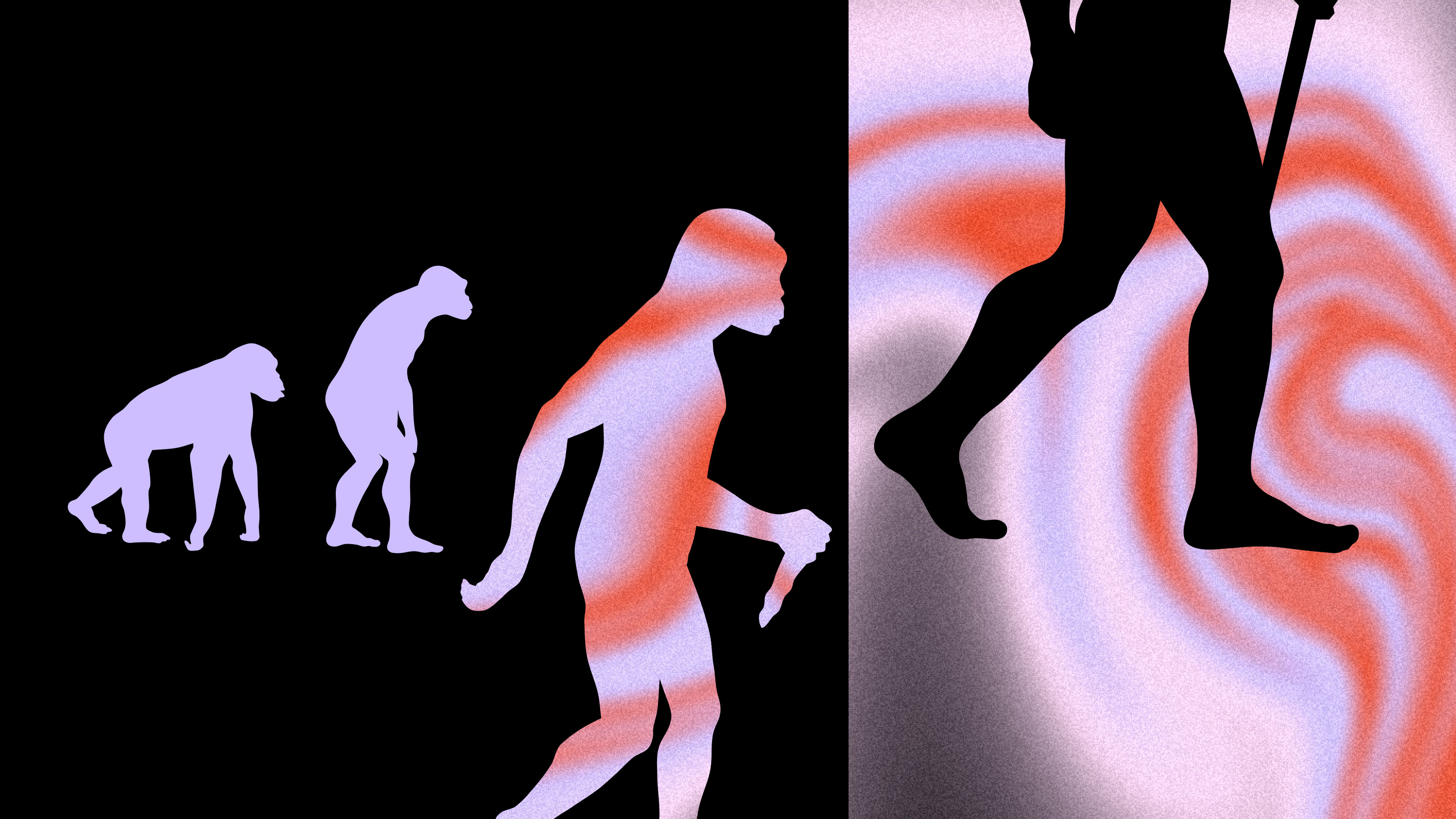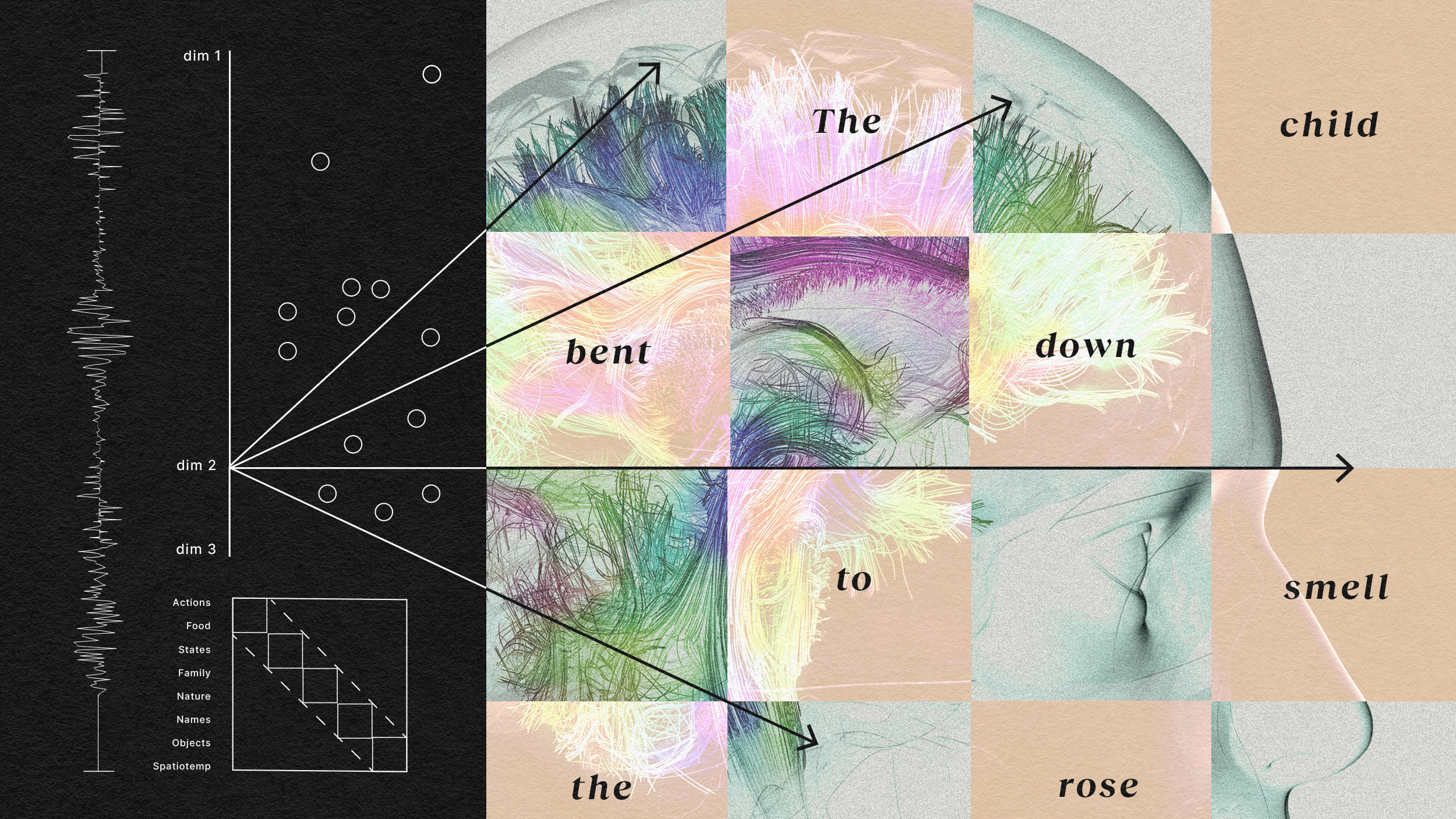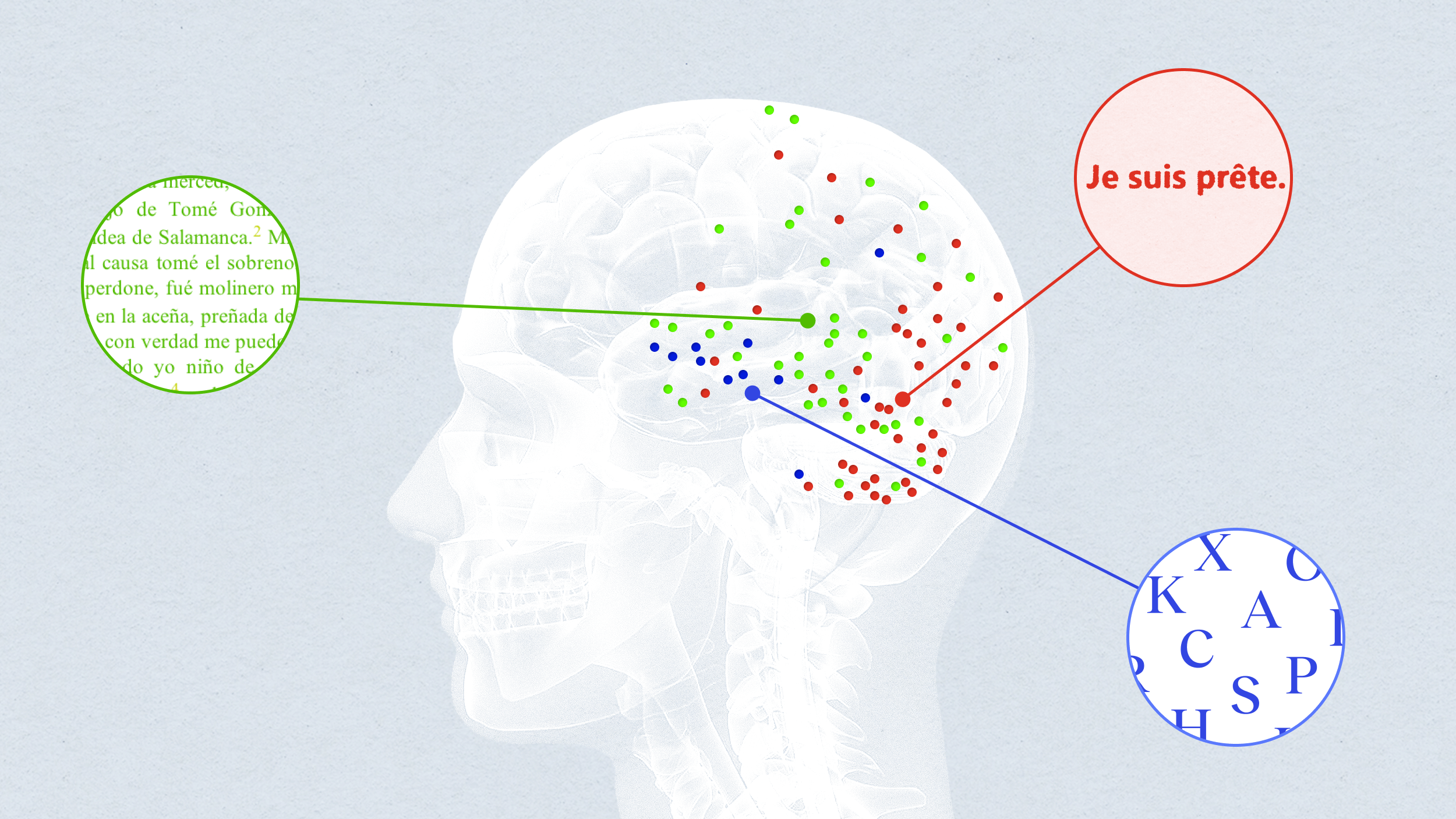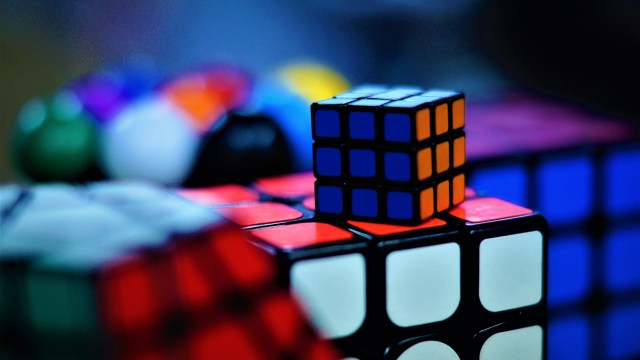Our brains have different ‘beauty centers’ for art and faces
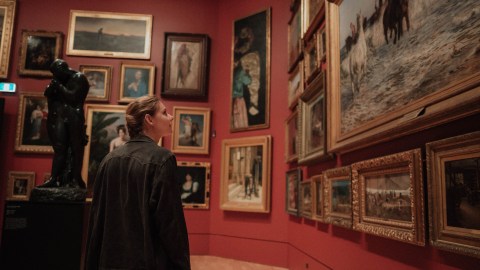
Credit: kevin laminto on Unsplash
- A new study shows that different parts of the brain are engaged when we look at beautiful faces or beautiful art.
- Reward pathways are triggered by looking at beauty in faces.
- Another part of the brain is involved in judging beauty in art, indicating existence of two “beauty centers.”
What makes something or someone beautiful to our minds? Is there an innate perception of beauty that’s maintained throughout all scenarios? Interestingly, a new study concludes that our brains have not one but two separate “beauty centers” – one for art and one for faces.
Scientists carried out a meta-analysis of existing fMRI studies with around 1,000 people. Led by Hu Chuan-Peng of Tsinghua University, China, the team zeroed in on 49 studies that performed brain analyses of people between 18 and 50. None of them were art experts, but some studies involved people reacting to art like paintings, sculpture, architecture, and dance videos. Other studies under consideration looked at responses to human faces. All the studies used fMRI brain imaging technology as the subjects were making aesthetic choices or rating specific stimuli.
The researchers used a meta-analysis technique called “activation likelihood estimation” (ALE) to find connections in studies which tracked brain activity patterns of people looking at something or someone they perceived to be beautiful.
The approach showed that looking at beautiful faces causes activity in several parts of the brain, which is not observed when looking at faces that were not rated as beautiful – the ventromedial prefrontal cortex (vmPFC), the pregenual anterior cingulate cortex, as well as the left ventral striatum. Notably, looking at art did not result in more activity in any of those areas. Rather, greater action in the anterior medial prefrontal cortex (aMPFC) was noticed.
Beauty and sex: Evolution isn’t as practical as you think | Richard Prum | Big Thinkwww.youtube.com
Why is there such a difference? The scientists propose that looking at a beautiful face provokes a response in the brain’s reward pathway, of which the ventral striatum is an important part. As explained by Emma Young in the Research Digest of the British Psychological Society, the signal is then integrated into the vmPFC and generates a positive feeling.
Young notes that beautiful faces are treated by our brains like “primary rewards” not too different from food or sex, geared at the survival of our genes. Looking at art is rather a “secondary reward.” We taught ourselves to find it pleasurable but the brain processes that type of stimuli differently, via high-level processing in the aMPFC.
As the new study concerned itself with how our brains handle visual beauty, further investigation is needed to understand the processing of non-visual beauty like music, for instance, or if there is some universal standard of what is deemed beautiful.
Check out the study “Seeking the ‘Beauty Center’ in the Brain: A Meta-Analysis of fMRI Studies of Beautiful Human Faces and Visual Art,” published in Cognitive, Affective & Behavioural Neuroscience.
